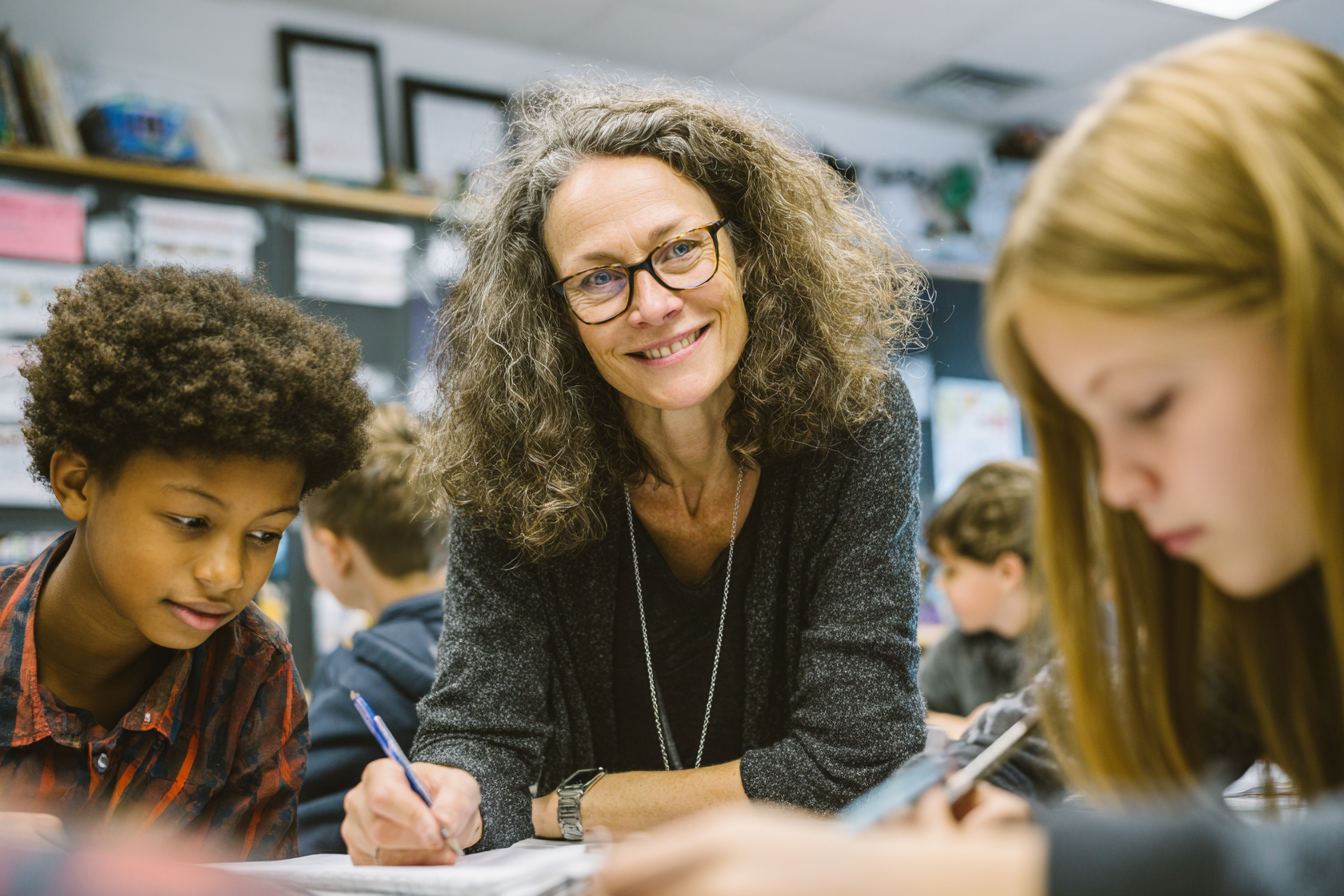Unit Plan 32 (Grade 7 Math): Statistics & Probability Power-Up
7th graders synthesize statistics and probability skills through sampling, population comparisons, and compound events. They build models, run simulations, and communicate findings with precise units, clear evidence, and honest discussion of uncertainty and limitations.

Focus: From sampling to comparison of populations and compound probability; communicate uncertainty and limitations.
Grade Level: 7
Subject Area: Mathematics (Statistics & Probability • Data & Chance • Modeling)
Total Unit Duration: 5 sessions (one week), 45–60 minutes per session
I. Introduction
This power-up week spirals the full Grade 7 statistics and probability strand. Students move from random sampling to comparing populations using center and variability, then strengthen probability modeling (uniform and empirical), and finish with compound events and simulations. Throughlines: clear claims with evidence, honest uncertainty language, and explicit limitations of methods and data.
Essential Questions
- What makes a sample representative, and how can we trust conclusions about a population?
- How do center and variability help us compare two groups, and what counts as a convincing difference?
- How do probability models (uniform vs empirical) and simulations support predictions—and why do results vary?
II. Objectives and Standards
Learning Objectives — Students will be able to…
- Generate random samples, explain representativeness, and use sample statistics to make informal inferences about a population.
- Compare two populations using measures of center (mean/median) and variability (MAD/IQR) and discuss overlap.
- Build uniform and empirical probability models; compute and interpret probabilities on the 0–1 scale.
- Analyze compound events with lists/tables/trees and design simulations to estimate probabilities; compare simulated to theoretical results.
- Communicate findings with units, cautious uncertainty language (likely, about, tends to), and explicit limitations (sample size, bias, assumptions).
Standards Alignment — CCSS Grade 7 (spiral all week)
- 7.SP.1–2: Random sampling; use samples to draw inferences about populations.
- 7.SP.3–4: Compare two populations using center and variability; informal comparative inferences.
- 7.SP.5–7: Understand probability; develop uniform and empirical models; predict approximate frequencies.
- 7.SP.8a–c: Compound events via sample spaces; design/use simulations to estimate probabilities.
- Mathematical Practices emphasized: MP.1 (make sense), MP.3 (justify), MP.4 (model), MP.5 (use tools), MP.6 (precision), MP.7 (structure).
Success Criteria — Student Language
- I can describe how I made my sample random and why it represents the population.
- I can compare two groups using median/mean and IQR/MAD, and discuss overlap honestly.
- I can build a probability model and use it to predict counts for a given number of trials.
- I can model a compound event with a list, table, or tree and run a simulation to check my result.
- I can write a clear conclusion that includes units, uncertainty, and limitations.
